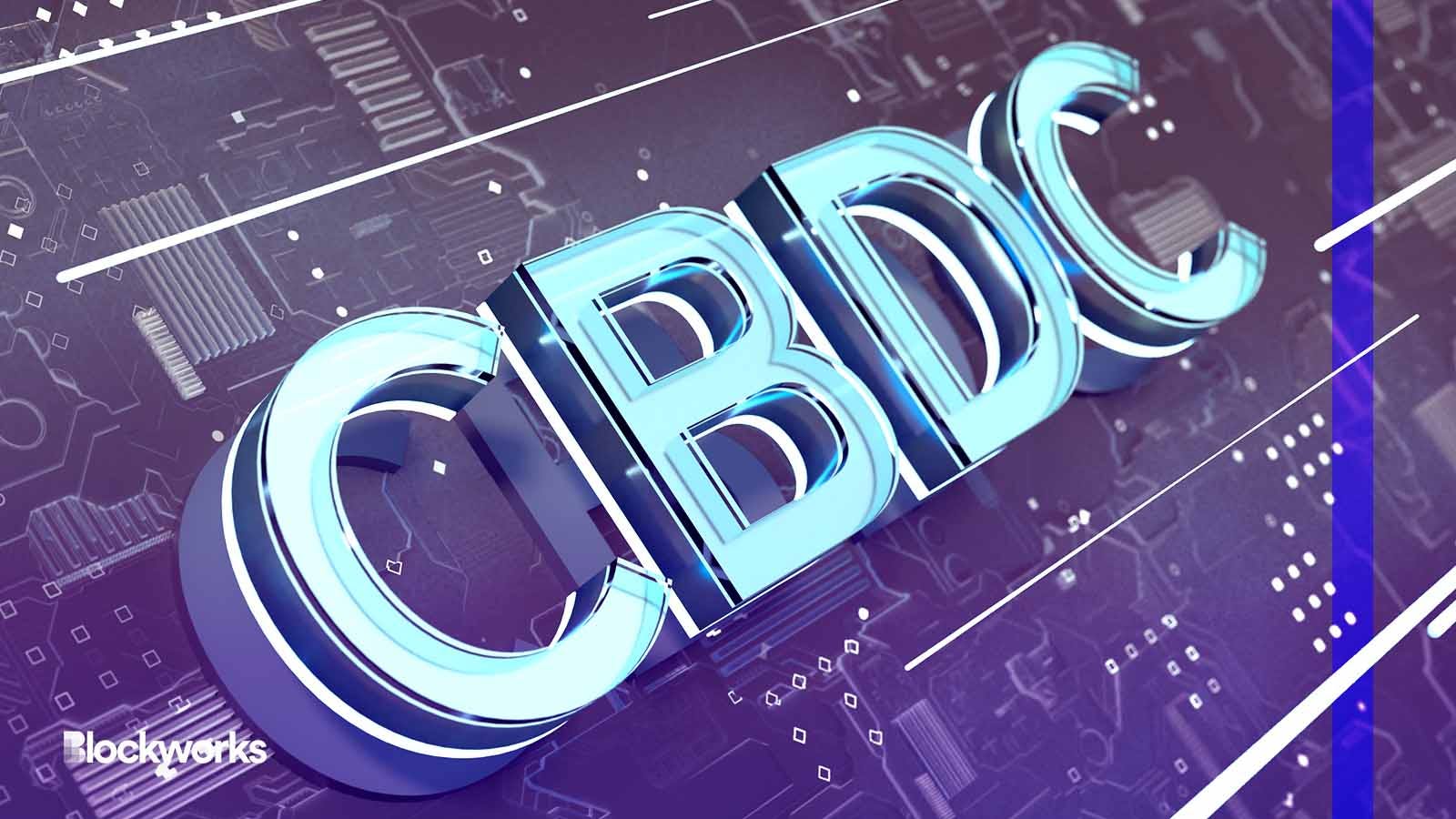Fed Governor Bowman: US Digital Dollar Poses Some Risks
The FedNow program shows that most of the benefits of CBDCs are being achieved through other technologies, Bowman said

Dkoi/Shutterstock modified by Blockworks
While a US operated central bank digital currency (CBDC) could dramatically improve settlement times and international payment systems, the digital dollar comes with a lot of risks, Federal Reserve Governor Michelle Bowman said on Tuesday.
A top argument against a CBDC, used by both government officials and constituents, is that such assets may be a potential infringement on privacy. Bowman agreed, noting that privacy concerns have not yet been carefully considered.
“We must ensure that consumer data privacy protections embedded in today’s payment systems continue and are extended into future systems,” Bowman said during prepared remarks at Georgetown University on Tuesday.
The FedNow program, which is set to launch its instant payment system this summer, shows that most of the benefits of CBDCs are being achieved through other technologies, Bowman said.
There is an argument that a CBDC could bring the unbanked into the financial system and provide them more access. Bowman countered this point, claiming that it is not plausible.
“I think it’s unlikely [the unbanked population] would find the government somehow more trustworthy than highly regulated banks,” Bowman said.
Some industry members however have said that the anti-privacy argument around CBDCs is unfounded. It’s too early in the game to make that judgment, Mark Young, chief risk officer and data adviser at ConsenSys, said at the Milken Institute Future of Digital Assets Symposium in Washington, DC, last month.
“A [US] CBDC does not exist yet, so how are you saying that,” Young said during a panel discussion at the event. “The onus is on us to design what we want and to design something that demonstrates democracy.”
Consumers and industry members tend to look at other country’s CBDC attempts to form options on the type of asset, namely China, whose digital yuan launched last year. There are 114 central banks around the world currently in some stage of development for a CBDC, Jennifer Lassiter, executive director of the Digital Dollar Project, said.
“In terms of what’s motivating those countries, it varies…each country prioritizes certain principles over the other, but those are competition and innovation, inclusion, cybersecurity, financial stability, and privacy,” Lassiter said.
While the FedNow launch is poised to progress, central bankers have been hesitant to get onboard with a CBDC. There currently are no public plans in the works to deploy a state-sponsored digital dollar within the United States.
Get the news in your inbox. Explore Blockworks newsletters:
- The Breakdown: Decoding crypto and the markets. Daily.
- 0xResearch: Alpha in your inbox. Think like an analyst.






